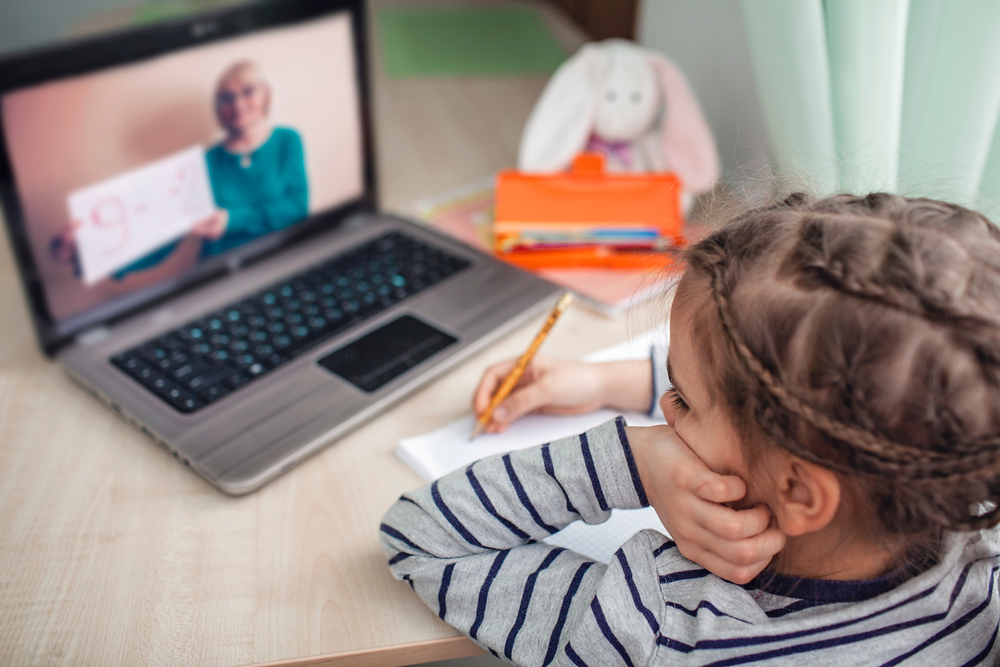
Starting as a tutor can be both exciting and nerve-wracking. The first tutoring session sets the tone for your relationship with the student and plays a crucial role in their learning journey. Whether you are working with a child, teenager, or adult learner, preparation and effective strategies will help you create a positive and productive experience.
This article outlines five essential strategies to ensure a successful first tutoring session, including establishing rapport, assessing the student’s needs, setting clear goals, making learning interactive, and encouraging feedback.
Top 5 First Tutoring Session Tips
Establishing Rapport: Building a Comfortable Learning Environment
The first few minutes of any tutoring session are crucial for making a good impression and helping the student feel comfortable. Creating a positive and welcoming environment can enhance their motivation and willingness to learn.
- Introduce Yourself: Share a little about your background, experience, and why you enjoy tutoring. Keep it brief but engaging.
- Ask About the Student: Get to know their interests, hobbies, and learning preferences. This will help you tailor your teaching style.
- Use a Friendly and Encouraging Tone: A supportive approach makes students more likely to engage and ask questions.
- Find Common Ground: Relating to the student through shared interests or experiences builds trust.
When students feel valued and heard, they are more likely to stay engaged and motivated throughout the session.
Assessing the Student’s Needs and Learning Style
Understanding the student’s learning style and academic challenges is crucial for effective tutoring. Begin by asking open-ended questions about their struggles, strengths, and goals. Reviewing their past work, such as assignments or tests, can help assess their current level and pinpoint areas that need improvement. Additionally, identifying whether they are visual, auditory, or kinesthetic learners will allow you to customize your teaching approach.
Some students grasp concepts better through diagrams and charts, while others prefer verbal explanations or hands-on activities. Paying attention to their engagement during the session will further guide you in determining what works best for them. By taking the time to assess their individual learning needs, you can create a more personalized and impactful tutoring experience.
Setting Clear Goals and Expectations
A successful tutoring session requires clear, well-defined goals to keep both the student and tutor on track. Start by setting SMART (Specific, Measurable, Achievable, Relevant, and Time-bound) goals, such as “improve algebra problem-solving skills within four weeks.” Short-term objectives help build confidence, while long-term goals provide a sense of direction. It is essential to communicate expectations clearly so the student understands their role, whether it is completing homework, practicing concepts, or preparing for assessments.
Tracking progress regularly and celebrating small achievements can boost motivation and make the learning process more rewarding. Without clear goals, students may feel lost or unmotivated, so establishing a structured plan from the beginning is key to their success.
Making Learning Interactive and Engaging
A passive, lecture-style tutoring session can quickly lead to boredom and disengagement. To keep the student interested, it is essential to incorporate interactive elements into the lesson. Using real-life examples to explain concepts helps students relate to the material more effectively. Additionally, incorporating games, quizzes, and problem-solving activities can make learning more enjoyable, especially for younger students.
Encouraging active participation by asking the student to explain concepts in their own words or teach them back to you enhances retention and understanding. Visual aids such as diagrams, videos, and charts can also simplify complex topics. Breaking up the session with short breaks helps maintain focus and prevents mental fatigue. By making the lessons more engaging, students are more likely to stay motivated and grasp difficult concepts with ease.
Encouraging Feedback and Adapting Your Approach
An effective tutor is flexible and willing to adapt based on the student’s needs and feedback. Encouraging open communication helps create a better learning experience.
How to Gather and Use Feedback:
- Ask for Student Input: Regularly check if they find the tutoring style helpful and if they need adjustments.
- Observe Their Reactions: If a student seems confused or disengaged, change your approach.
- Be Open to Constructive Criticism: If a student expresses difficulty with your methods, be willing to adjust.
- Celebrate Progress: Positive reinforcement boosts confidence and motivation.
A tutor who listens and adapts will create a more productive and enjoyable learning environment.
Final Thoughts
The first tutoring session lays the foundation for a successful learning experience. By establishing rapport, assessing the student’s needs, setting clear goals, making learning interactive, and encouraging feedback, you can create a supportive and effective tutoring relationship.
Every student is unique, so stay flexible and patient as you find the best approach for each individual. With the right strategies, your tutoring sessions will not only help students succeed academically but also make learning an enjoyable journey. Visit Hellpo Tutoring for more online tutoring blogs and resources.